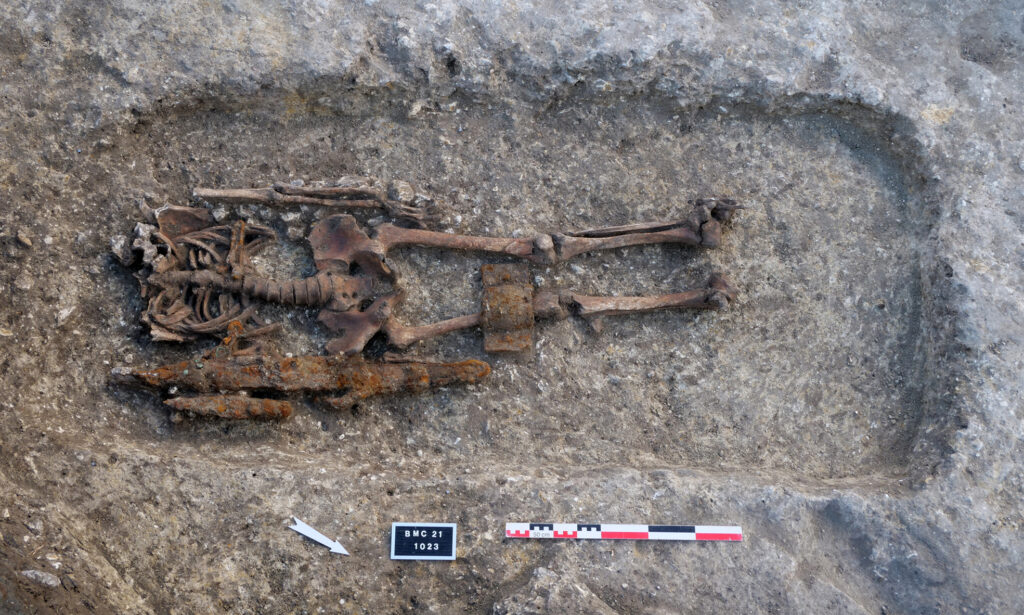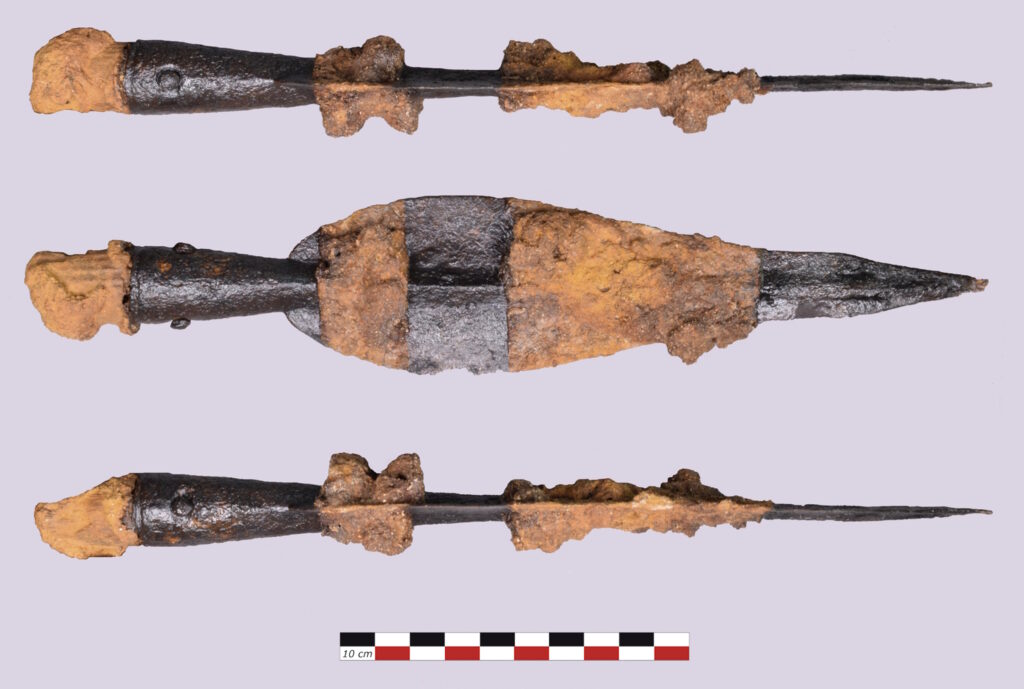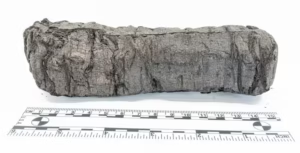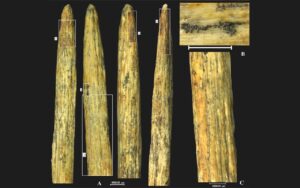Excavations in Bobigny, located in the northeastern part of Paris, have added more than two dozen new burials to Europe’s largest La Tène period necropolis. Archaeologists from the French National Institute for Preventive Archaeological Research (INRAP) discovered 26 tombs, dating back to the 3rd and 2nd centuries BCE. The findings are significant as they offer vital insights into the Iron Age, while many other burials have likely been lost due to agricultural activities and urban development.
The main necropolis was first discovered in 2002 when ten tombs were uncovered during the construction of a new building on a hospital site. Further excavations revealed a vast burial area of 1,500 square meters, with 515 tombs. This discovery stands as one of the largest and most important La Tène culture necropolises in Europe.

The new burial sites are much larger and more organized compared to earlier discoveries, with various types of tombs, burial goods, and artifacts. Most of the deceased were adults, though the site also contains the graves of children and infants.
While the majority of the burials were laid out on their backs, some were placed on their right sides. About a third of the burials had deliberately elevated heads. Wooden coffins and a few shrouds were detected, and a case of two children being buried together was also found.
Artifacts discovered at the site mainly consisted of iron brooches, sometimes made from copper alloys, which were used to secure shrouds or garments. Some of the items were placed at the chest or wrist levels of the deceased.

Additionally, functional ornaments such as iron torque, copper alloy bracelets, lignite bracelets, and a metal ring were found, even in the graves of young children. One burial site contained a warrior’s gear: a shield boss, a sword, a suspension chain, and a spearhead. Textile fragments were discovered in contact with the metal objects, mostly woolen fabrics, with about thirty different textiles identified.
Discoveries and Relevant Finds
Some of the most intriguing finds from this excavation include:
- Iron torque, copper alloy bracelets, and a ring found in the graves of children
- A warrior’s grave containing a shield boss, sword, and spearhead
- Textile fragments, primarily woolen fabrics
- A pair of urns buried with an adult and a child

Archaeologists have stated that these new discoveries at Bobigny will deepen our understanding of La Tène culture and offer valuable insights into the daily lives and practices of ancient European societies.
Conclusion and Importance
The new burial discoveries in Bobigny contribute to a broader understanding of the La Tène period and its cultural significance. With the addition of these new tombs, the Bobigny necropolis remains one of the most important and largest burial sites of the Iron Age in Europe. These findings highlight the continued archaeological work in the region, and future excavations promise to reveal even more about ancient European societies and their burial practices.
Cover Image: INRAP





